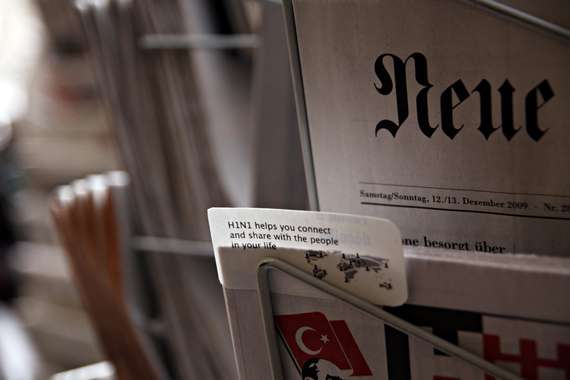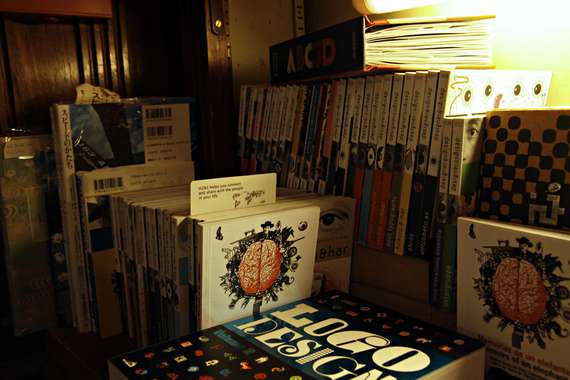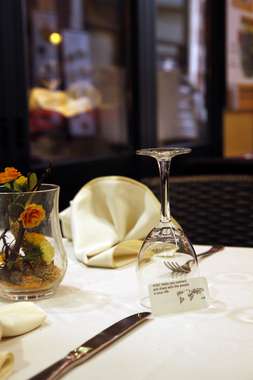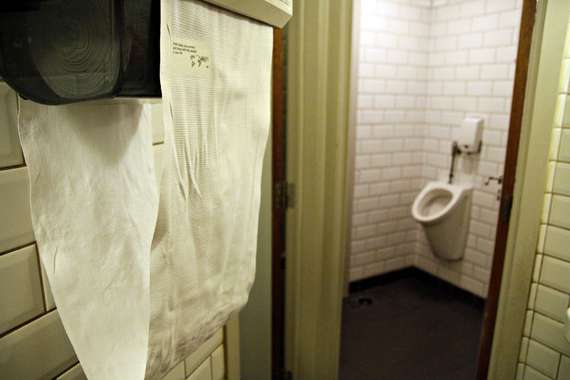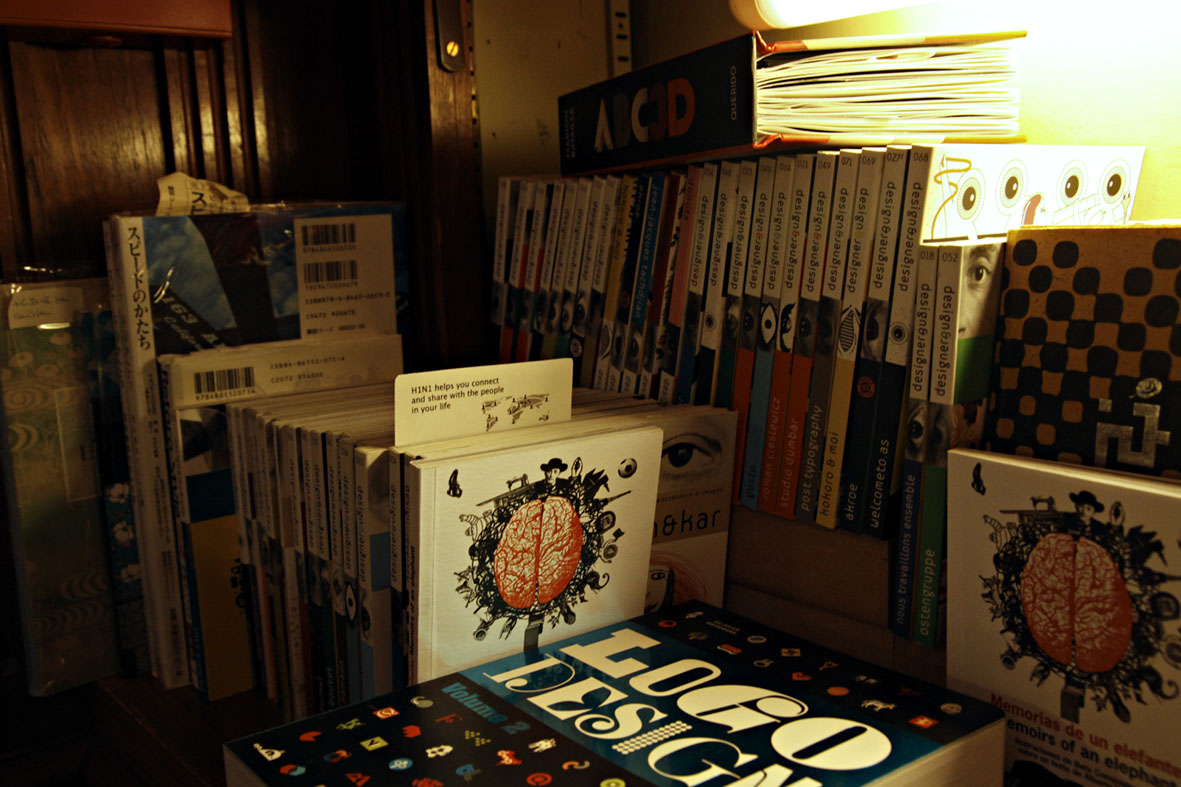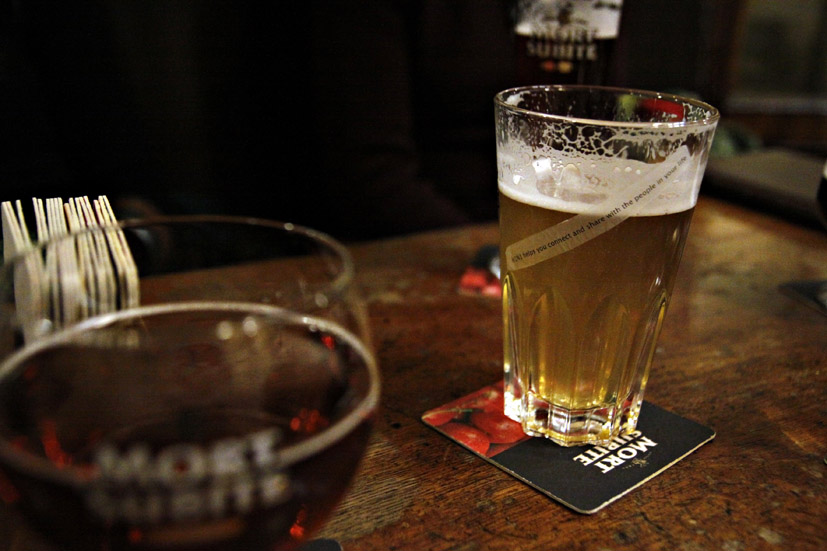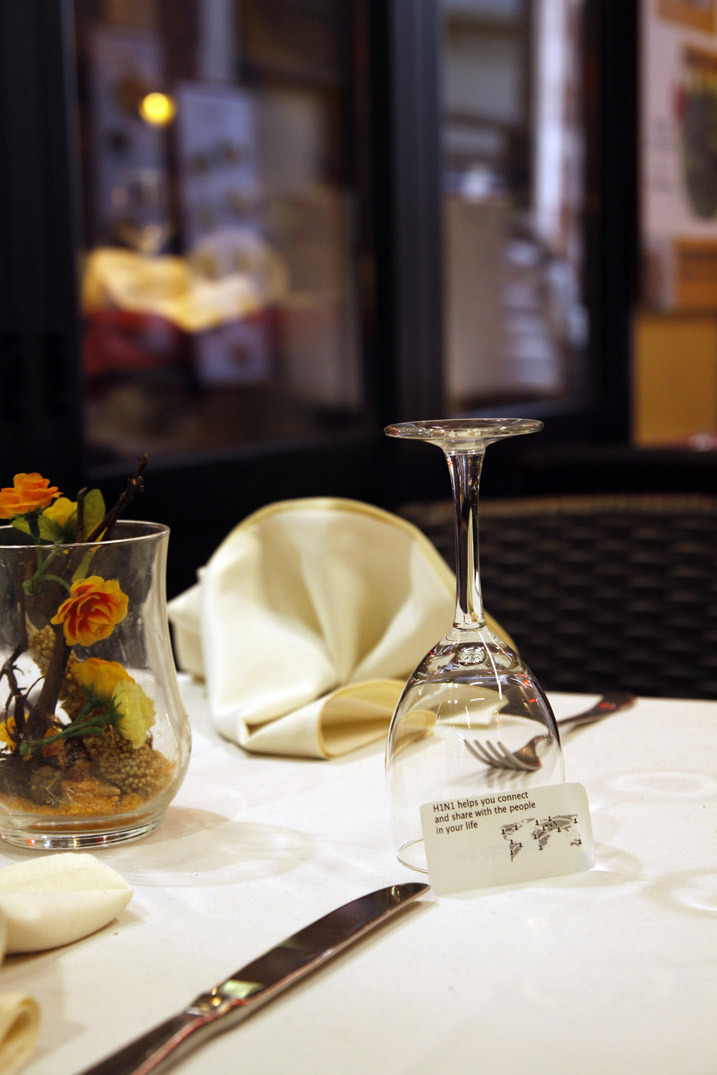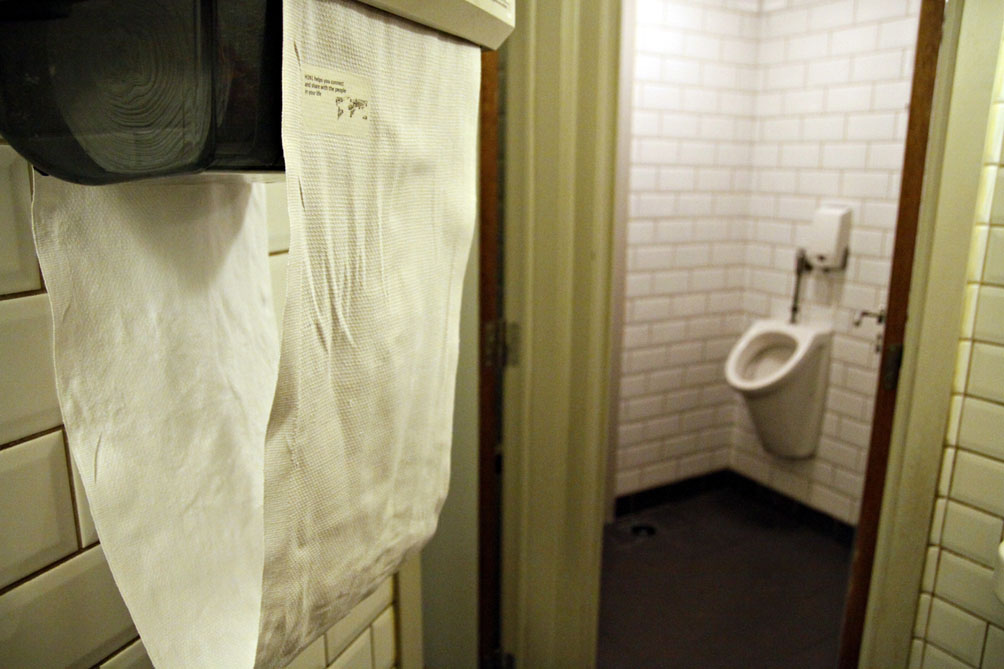The us in virus
by souto
This work has been commented by 5 curator(s). Read the comments
Title
The us in virus
Headline
viral sticker inervention
Concept author(s)
Darija Medic
Concept author year(s) of birth
1986
Concept author(s) contribution
concept and realization
Concept author(s) Country
Yugoslavia
Other author(s)
Maja Medic
Other author(s) year(s) of birth
1979
Other author(s) contribution
photographer
Other author(s) Country
Yugoslavia
Friendly Competition
Love Conflict Imagination (2010-2011)
Competition category
Visual communication practice
Competition subcategory
static
Competition field
academic
Competition subfield
student
Subfield description
University of Rotterdam, Piet Zwart Institute, Networked media
Check out the Love Conflict Imagination 2010-2011 outlines of Memefest Friendly competition.
Description of idea
Describe your idea and concept of your work in relation to the festival outlines:
The basic foundation for a social network is its infrastructure, a decentralized system, a promise of equality and participation. What happens when the clean idea becomes reality, in all its actualities? This work looks at the fruitful symbiosis of viruses and networks, on the example of the H1N1 epidemic of 2010. The more the virus were spread, present, mutating, and becoming the virus per se, the more different reactions were born– turning the virus into a media monster, memetically infected with conspiracy theories and irrational behaviour. Changed perception turns the virtual into true reality, and
changes our experience of everyday life. The distribution of power lies behind this play of actualities.
What kind of communication approach do you use?
This is an intervention in public space and a public intervention in private space. I used stickers with the opening line from Facebook's homepage "Facebook helps you share and connect with the people in your life", and substituted H1N1 with Facebook. These stickers were placed on places where people are in direct contact with objects in public space, therefore with other people, therefore subjected to infection, how it was commonly referred to in media. The virus becomes an unusual grotesque network boosted by the existence of social networks.
What are in your opinion concrete benefits to the society because of your communication?
Small interventions in space are made for the careful passer by, and documentation is what keeps them actually public. The intention behind this project was to underlie, that decentralized networks should not be observed as horizontal structures, and that participatory media are a carrier of power relations. Social networks behave as walled gardens, in a way, making a quarantine for a specific social group, that gets stronger and more isolated as its homogeneity grows. On the other hand, something called social network can be observed in a more ethereal sense, not as an online platform, but as an existing language between social groups.
What did you personally learn from creating your submitted work?
The research topic was a very interesting one for me, on the lines of the "language as a virus", the infrastructure of the Internet, ideas of "the reality of the virtual"(Zizek) and how an abstract topic can be localized in context and space.
Why is your work, GOOD communication WORK?
Because the means of communication is simple, it is a form of identity correction, where the meaning is inherent to understanding the connection between the terms used.
Where and how do you intent do implement your work?
I intend to make also an interface for the code displaying tweets concerning the H1N1 flu in real time and coughing out every time there is a tweet. The research was presented on a conference on viral media in 2010 in Rotterdam, and I intend to continue placing the stickers where I travel.
Did your intervention had an effect on other Media. If yes, describe the effect? (Has other media reported on it- how? Were you able to change other media with your work- how?)
Curators Comments
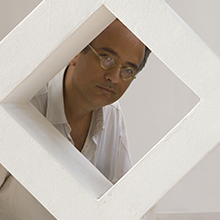
André Vallias
An ironic, metalinguistic and epistemological approach on the condition of social networks (and language, in a broader sense).
I miss the reaction of the people: did you try to film them?
Reading suggestion: the works of the chilean biologist, neurocientist and philosopher Francisco Varela.
"Recent discoveries by Francisco Varela and his colleagues at the University of Paris seriously challenging this conception. In fact, some researchers now believe that the classical view with its military metaphors has been one of he main stumbling blocks in our understanding of auto-immune diseases such as AIDS. Instead of being concentrated and interconnected through anatomical structures like the nervous system, the immune system is dispersed in the lymph fluid, permeating every single tissue. Its components - a class of cells called lymphocytes1 popularly known as white blood cells - move around very rapidly and bind chemically to each other. The lymphocytes are an extremely diverse group of cells. Specific molecular markers, called "antibodies" distinguish each type, sticking out from their surfaces.
The human body contains billions of different types of white blood cell, with an enormous ability to bind chemically to any molecular profile in their environment. According to traditional immunology, the lymphocytes identify an intruding agent, the antibodies attach themselves to it and, by doing so, neutralise it. Recent research has shown that under normal conditions the antibodies circulating in the body bind to many (if not all ) types of cell, including themselves. The entire system looks much more like a network, more like people talking to each other, then soldiers looking out for an enemy. Gradually, immunologists have been force to shift their perception from an immune system to an immune network. "
in "The Immune System Our Second Brain" – Fritjof Capra
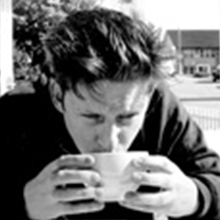
Tony Credland
As a concept i found this idea interesting (even though it feels that it has been squeezed into the memefest theme a little too tightly).
At a graphic level it is not yet working, the situations the stickers are placed are good, the form they take is not relevant to the desired response. I feel other media, like ink stamps, designed in such a way to either seem 'official' or using the visual language of warnings would engage an audience more.
The subject of social networking media does need a critique and an understanding of its consequences, it is having a significant effect on our relationships and if you believe the news starting revolutions, without much being said about what its i replacing and how it is working, which is why i was attracted to this work
Unfortunately i could not read the accompanying essay "In Sickness and Health " which sounded interesting, but as an intervention it does not give the public much chance to engage further in any debate through a link or forum
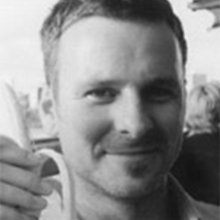
Jason Grant
It would have been good to see some documented reactions to the project. Was there any measurable memetic impact?
I'm curious if public encounters with the intervention would amplify paranoia or a questioning of the basis of fear? My sense is that repeated sightings of the stickers could trigger complex, valuable engagement.
I like the paradox of a cheap, analogue media carrying a these big digital/virtual issues that become issues of true reality. The simplicity of the execution presents a beguilingly sophisticated and potentially potent idea.
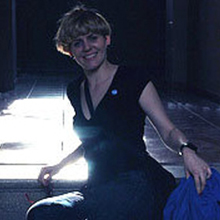
Katarína Lukić Balážiková
Dear Darija,
let me comment your submitted project with few words.
I appreciate your project because of its direct visual message, general objective complexity and ideological background. I see a strong connection with the topic and festival outlines because it presents the conflict, the power and conflict of power on the base of real situation that we experienced through media and networks.
Project is on one hand interpreting problem of the conflict that was caused by the power of media in case of H1N1 hysteria spread by media and networks. On other hand you are presenting power of information in virtual social networks and power that the same information can have in real life because of its real consequences.
Symbiosis of viruses and networks and conflicts between virtual and real is topic, that is very actual in these days network society. You implemented research on bases of „The reality of the virtual“ by Zizek in your own original way and found good visualization method how to show such conflict and such power.
Explaining processes on example of spreading information about viruses through media with critic of „viral marketing“ was very good communication strategy. Placing the paper labels with message "Facebook helps you share and connect with the people in your life" on latent infected objects, was very smart, communicative and direct although simple in formal way. The planned implementation by spreading such information as „paper virus“ everywhere you travel is also great vision of spreading your project and your message.
Roderick Grant
Perhaps its not that language is a virus (although it does exhibit similar behavior and manifestations) but rather an idea. Ideas (such as social networks) are suggestive of specific kinds of behavior and stimulus, and in the end ideas almost seem to "act" in the sense of self-preservation, an almost sentient thing. Through simple appropriation and substitution (H1N1 for facebook) you've provoked a highly successful critique and investigation between love conflict and the realm of ideas; our imagination.
Formally, understanding the limitations and intents behind the small and subtle intervention, I find this an appropriate execution.
One thing that perhaps is, was, intentional – both facebook and H1N1 not only imply but actually manifest specific power relations. Illness or disease caused by a virus places us in specific medical hierarchies and relationships both physically and intellectually. There's perhaps further work that could be done in this investigation through Foucault's concept of the medical gaze. Both Madness and Civilization and The Birth of Clinic would be fertile theoretical ground through which to continue pushing the principles under critique in this work.

